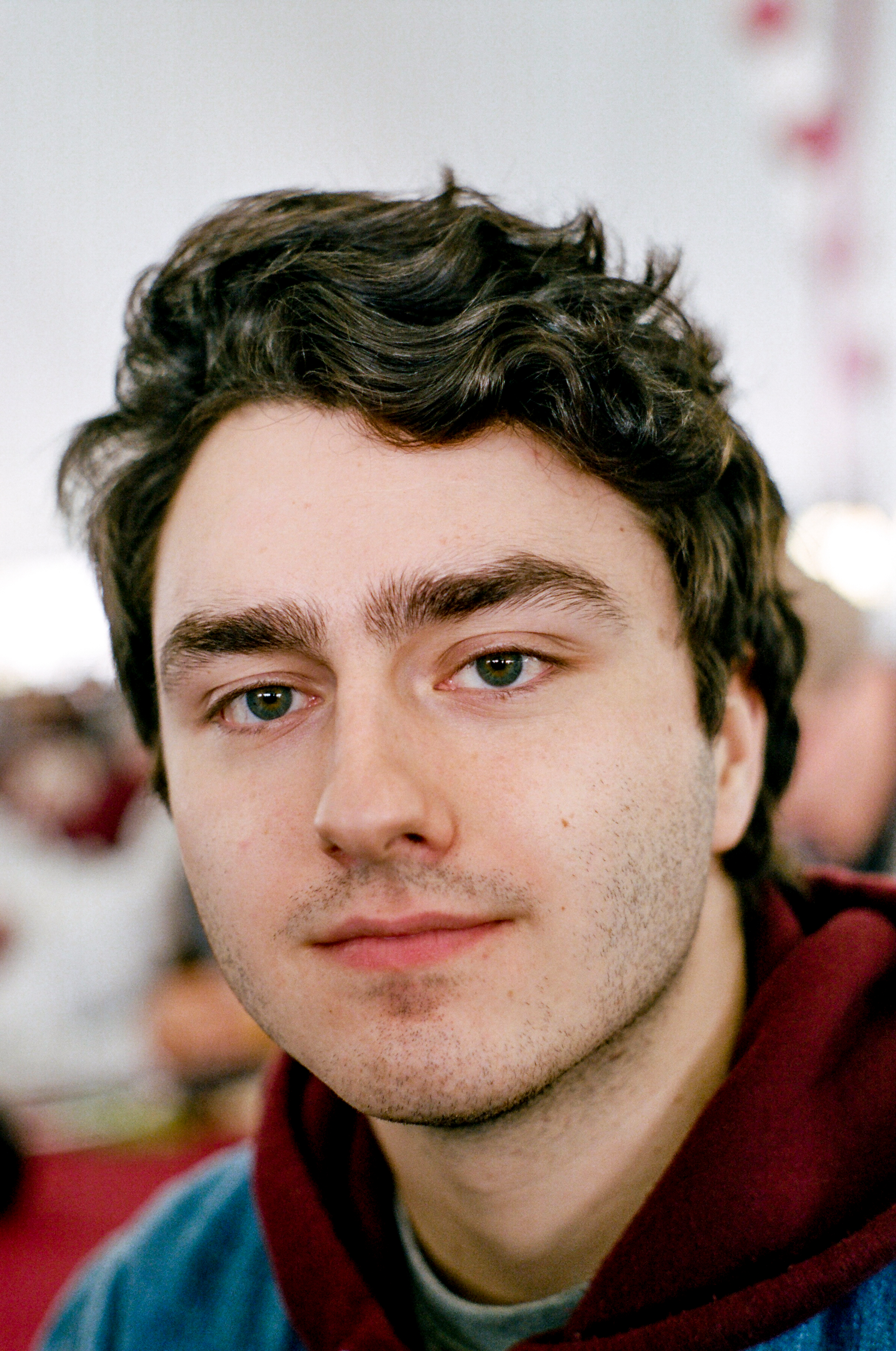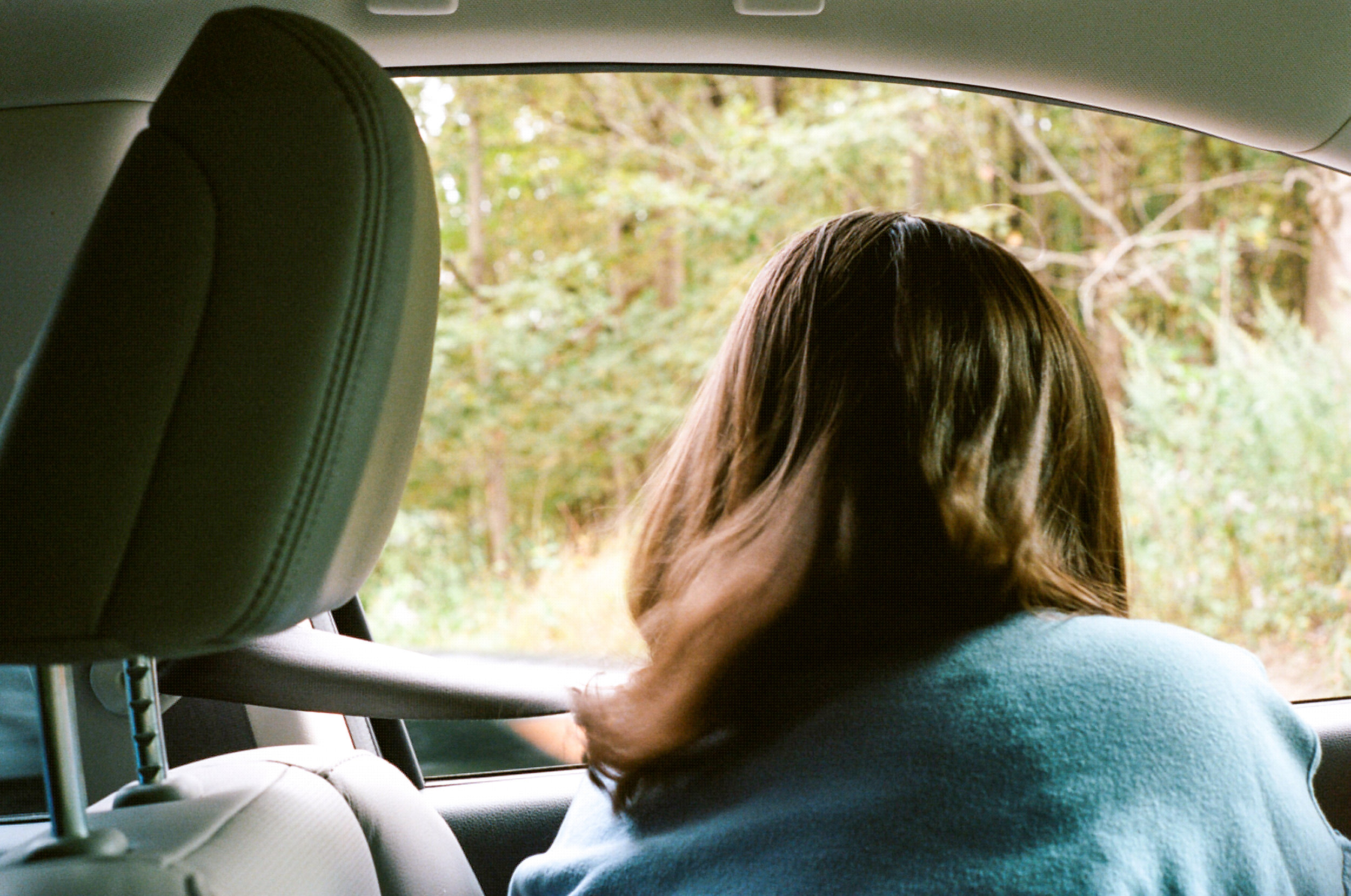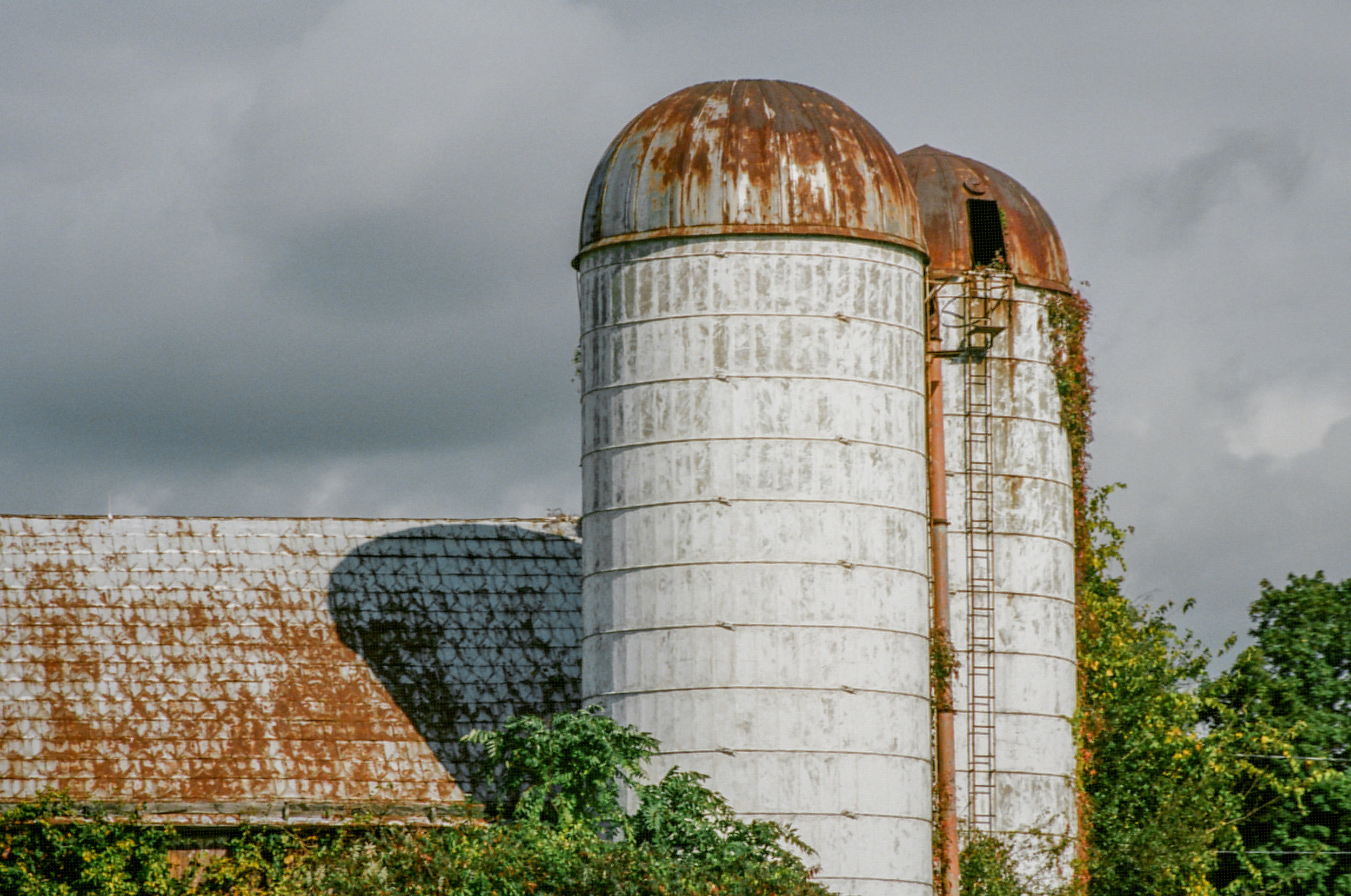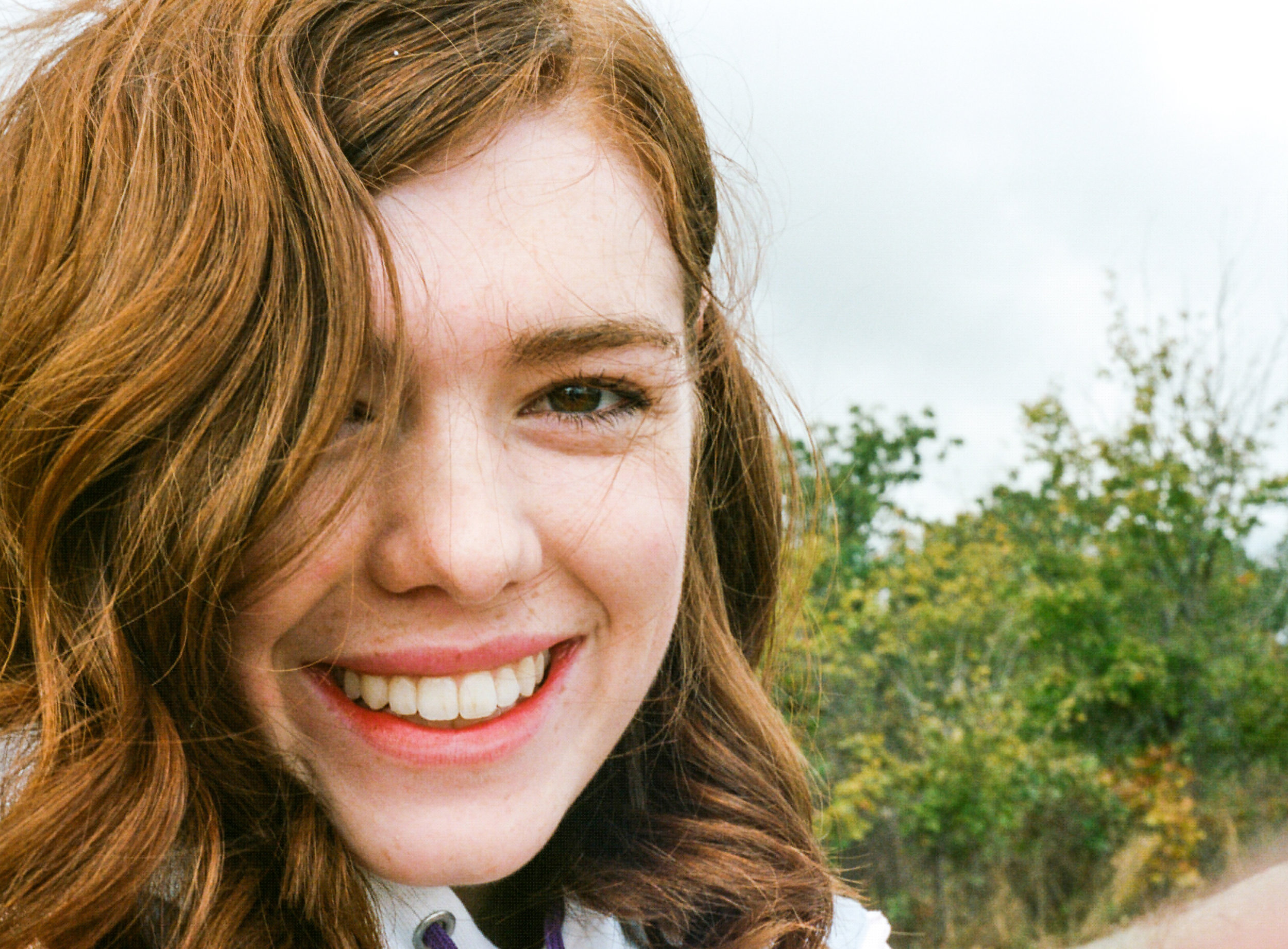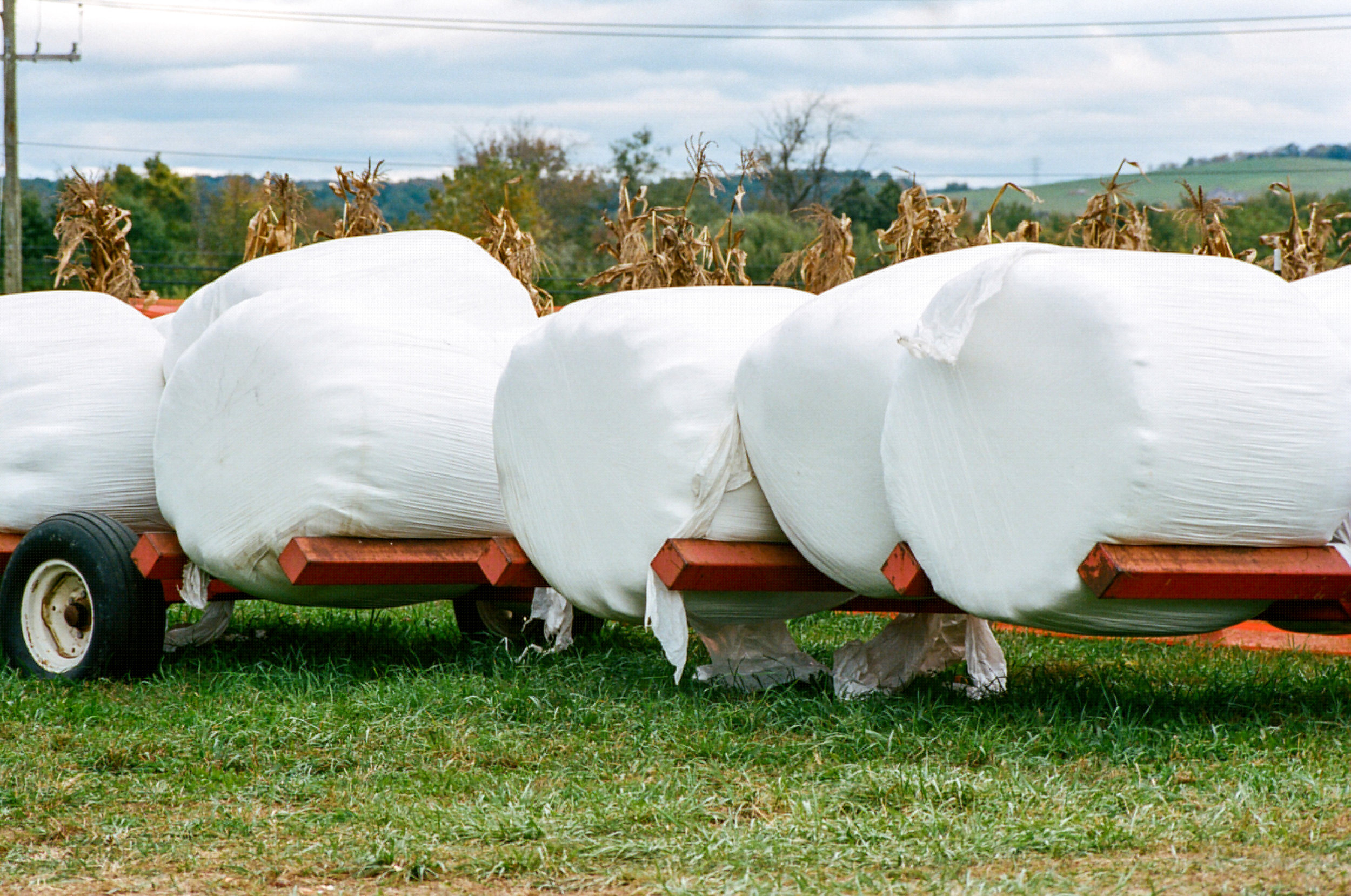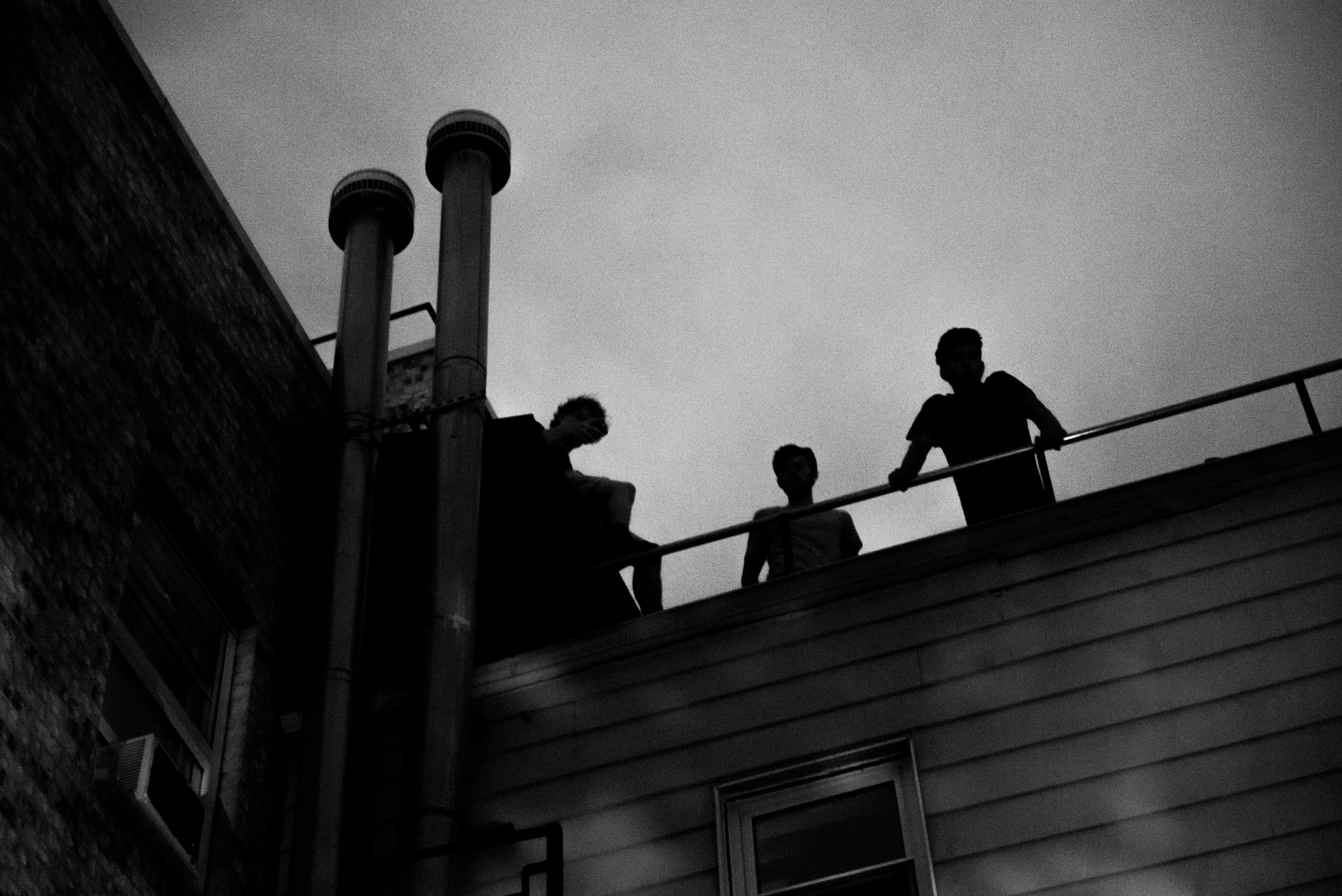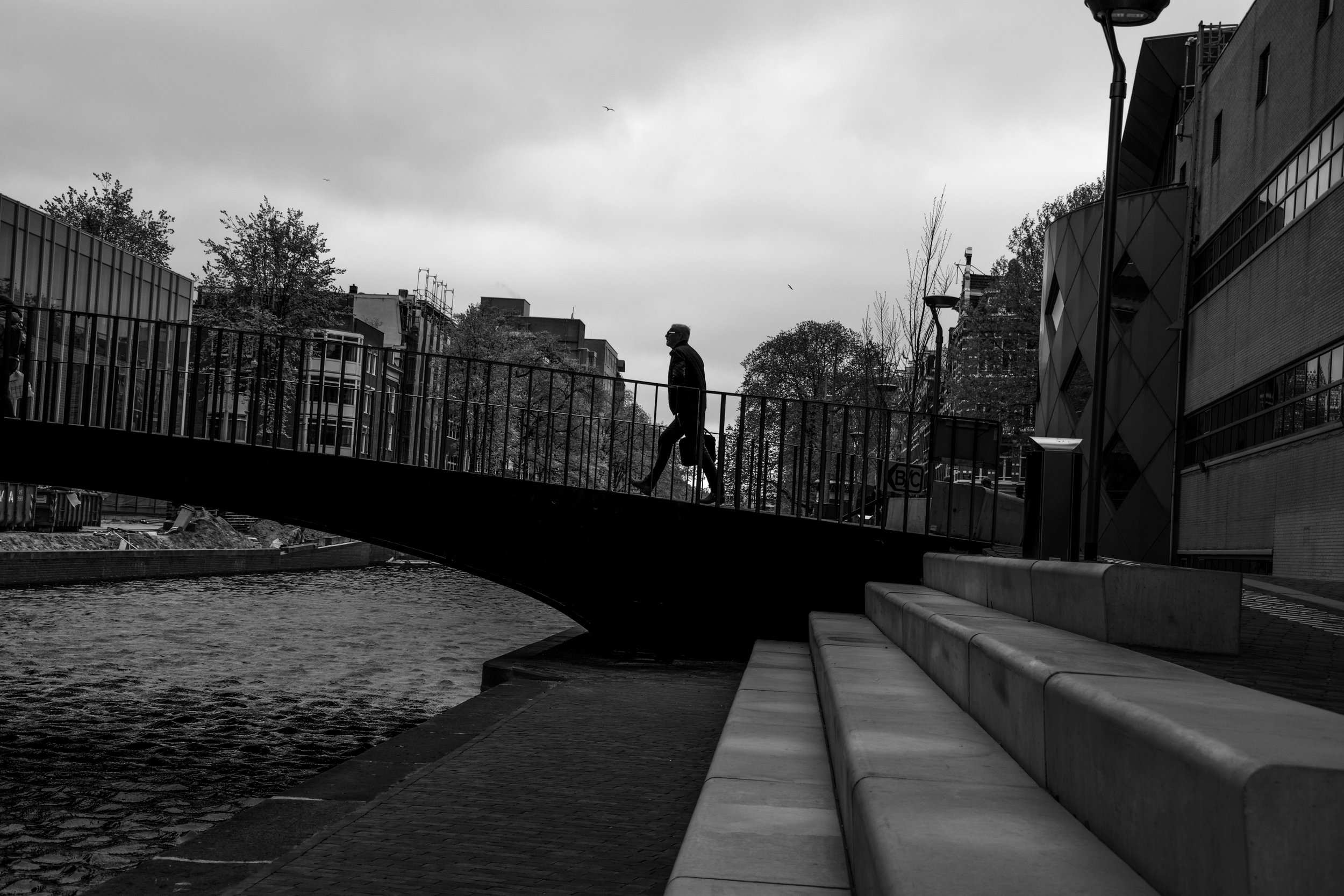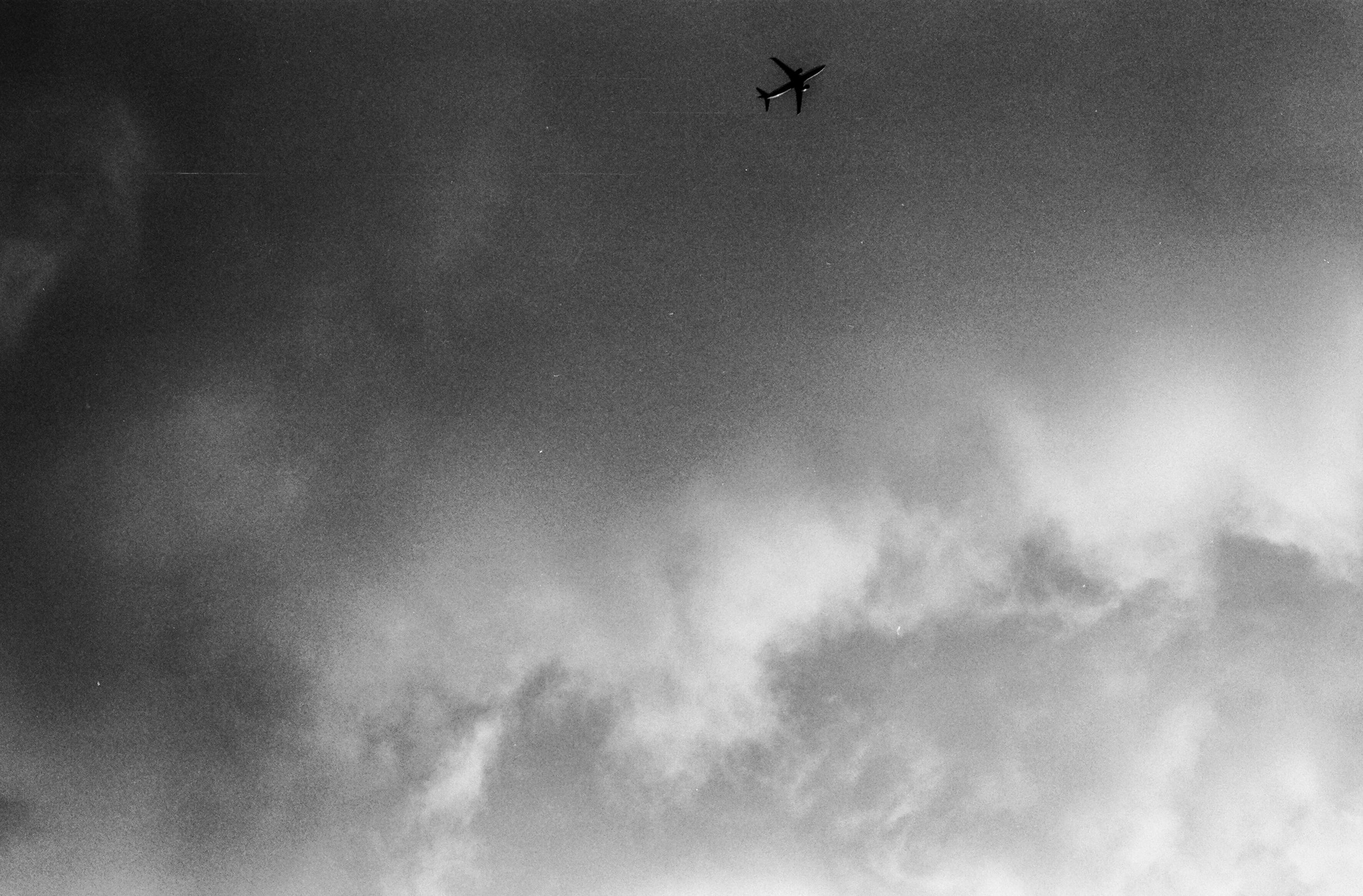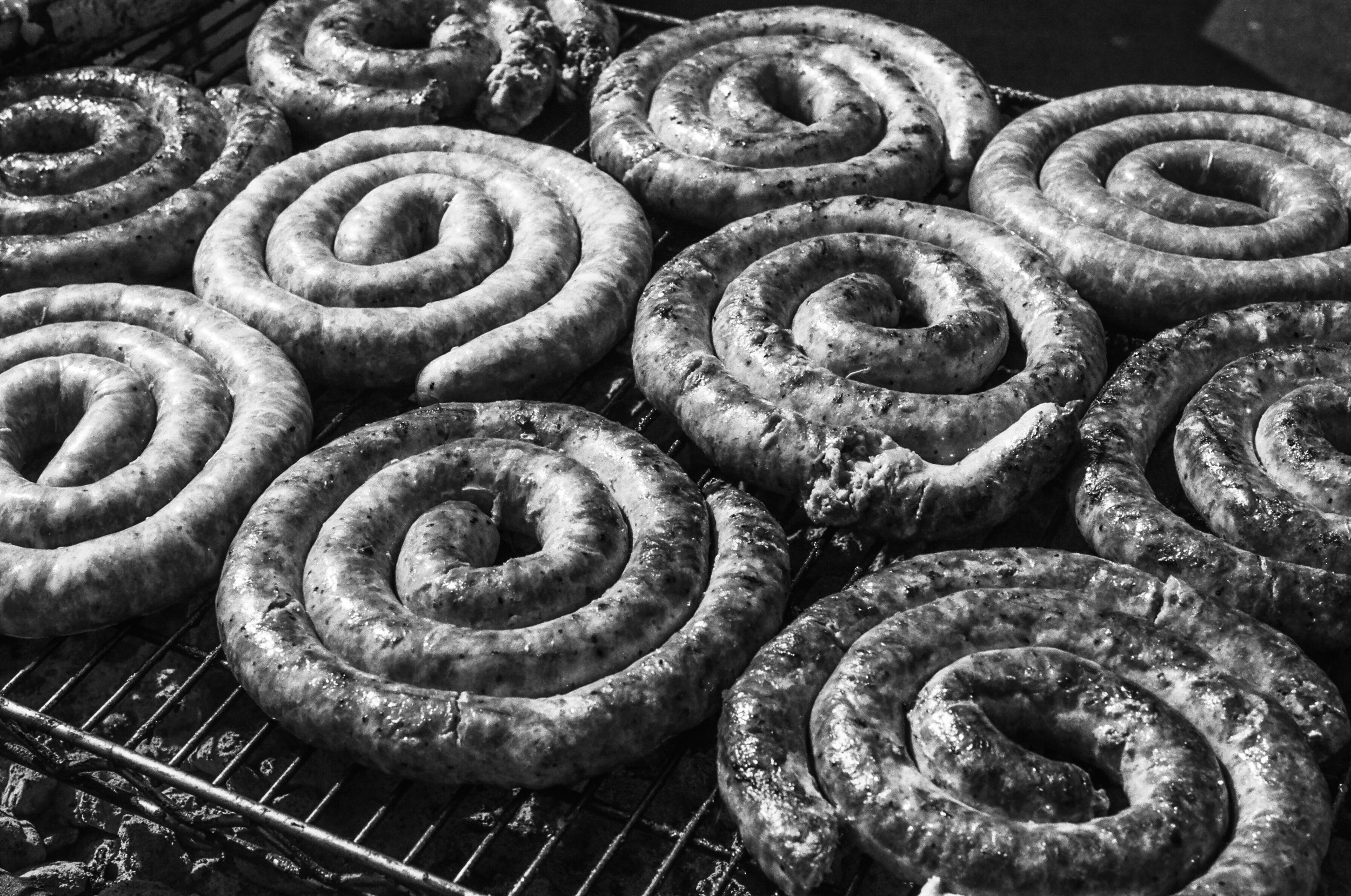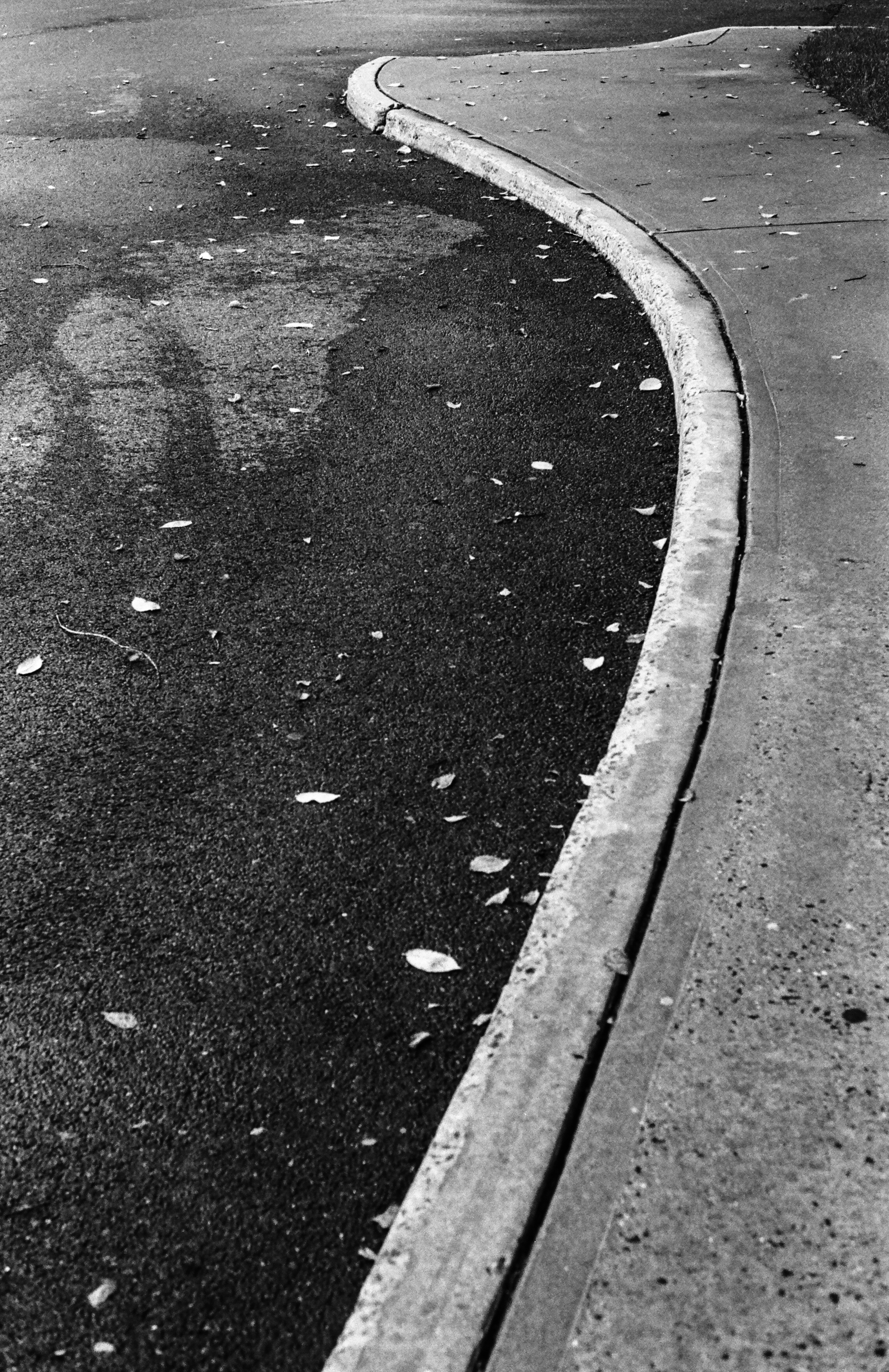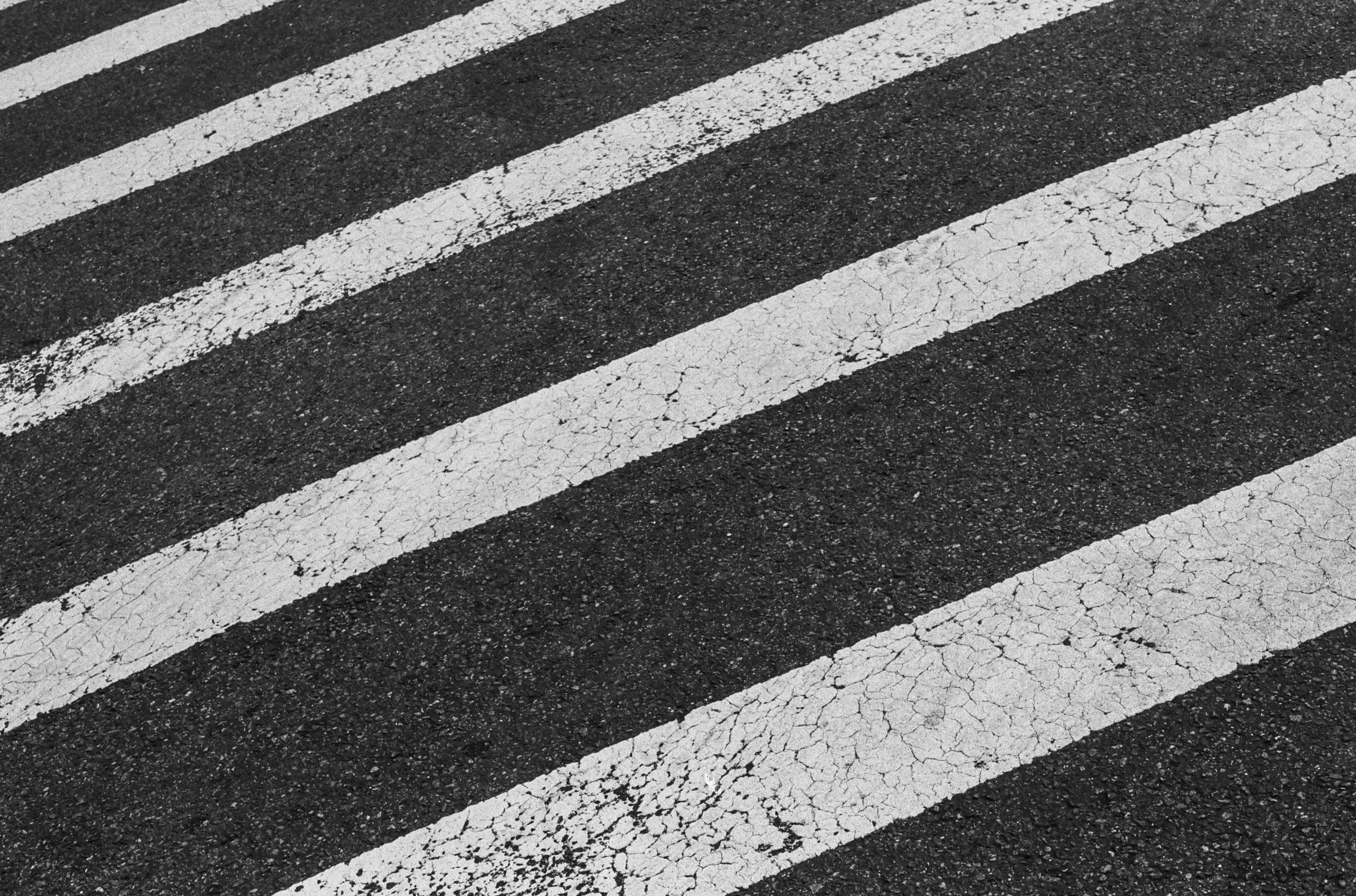Every now and again, a small moment of intrigue will prod me to take a picture in a setting where I wouldn't normally be interested in taking out my camera. I'll notice a face or a shape and snap the shutter, then shrug and forget what I saw in my viewfinder almost immediately. On rare occasions, though, I'll find myself enamored with one of those forgotten images after seeing it developed.
Photographers today have a general tendency to pretend that this occurrence doesn't happen to them, though. Perhaps they fear that viewers will question their abilities if they knew that a successful image wasn't entirely made on purpose. Or maybe they're stuck with a romantic vision of themselves as artists with vision strong enough to always inform whether or not an image will "work" before a picture is taken.
This contradicts the thinking of some of the most influential and esteemed photographers of all time, though. Henri Cartier-Bresson, who's often cited as the father of street photography, famously mused that developing a roll of 36 exposures and finding one usable image meant that he'd had a successful day as an artist. That's a .038 percent success rate for one of the most successful photographers ever born!
Edward Steichen, a Luxembourgish-American photographer credited as one of the founding fathers of pictorialism, also embraced the element of chance in his work, resolving that droplets of water on his lens or a little knock against his tripod could lend a picure a mystical quality that he couldn't create intentionally.
This isn't just artistic humility; these famed artists are hinting at the fact that a photographer's talent doesn't wholly consist of her ability to aim a lens and create a perfect image every time. So much of legitimate photographic talent and vision is carved after the sun has set, after the light-sensitive paper is soaked and hung to dry.
What's more important than the idealistic gift to nail a shot the first time every time is the vision to view a set of images one has taken (most of which will be inevitably experimental) and select the few that stand above the rest in a detached, objective way. Most photographers discover their style only after they've taken hundreds of images and made note of the compositional techniques used in their favorites!
So don't be a sniper behind the camera. Ignore any advice to take as few shots as possible. If you can afford the film (or if you're shooting digital), snap away. You'll never know what you'll wind up with.
As Kieth Carter, one of my favorite living American photographers earnestly advised in a recent interview with Ted Forbes, "Just take the picture. You've got the whole rest of your life to figure out what it means."


